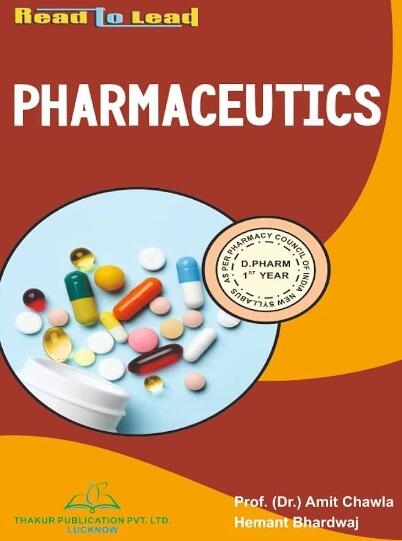Self-Assembled Nanoparticles of Silicon (IV)–NO Donor Phthalocyanine Conjugate for Tumor Photodynamic Therapy in Red Light
IF 4.9
3区 医学
Q1 PHARMACOLOGY & PHARMACY
引用次数: 0
Abstract
The combination of photodynamic therapy (PDT) and pneumatotherapy is emerging as one of the most effective strategies for increasing cancer treatment efficacy while minimizing side effects. Photodynamic forces affect nitric oxide (NO) levels as activated photosensitizers produce NO, and NO levels in the tumor and microenvironment directly impact tumor cell responsiveness to PDT. In this paper, 3-benzenesulfonyl-4-(1-hydroxy ether)-1,2,5-oxadiazole-2-oxide NO donor–silicon phthalocyanine coupling (SiPc–NO) was designed and prepared into self-assembled nanoparticles (SiPc–NO@NPs) by precipitation method. By further introducing arginyl-glycyl-aspartic acid (RGD) on the surface of nanoparticles, NO-photosensitizer delivery systems (SiPc–NO@RGD NPs) with photo-responsive and tumor-targeting properties were finally prepared and preliminarily evaluated in terms of their formulation properties, NO release, and photosensitizing effects. Furthermore, high reactive oxygen species (ROS) generation efficiency and high PDT efficiency in two breast cancer cell lines (human MCF-7 and mouse 4T1) under irradiation were also demonstrated. The novel SiPc–NO@RGD NPs show great potential for application in NO delivery and two-photon bioimaging-guided photodynamic tumor therapy.用于红光下肿瘤光动力疗法的硅 (IV) -NO 给体酞菁共轭物自组装纳米粒子
光动力疗法(PDT)与气动疗法的结合正在成为提高癌症治疗效果同时减少副作用的最有效策略之一。光动力会影响一氧化氮(NO)的水平,因为活化的光敏剂会产生 NO,而肿瘤和微环境中的 NO 水平会直接影响肿瘤细胞对光动力疗法的反应性。本文设计了3-苯磺酰基-4-(1-羟基醚)-1,2,5-恶二唑-2-氧化物一氧化氮供体-硅酞菁偶联物(SiPc-NO),并通过沉淀法制备成自组装纳米粒子(SiPc-NO@NPs)。通过进一步在纳米颗粒表面引入精氨酰-甘氨酰-天冬氨酸(RGD),最终制备出具有光响应和肿瘤靶向特性的 NO 光敏剂递送系统(SiPc-NO@RGD NPs),并对其配方特性、NO 释放和光敏效应进行了初步评价。此外,在两种乳腺癌细胞系(人 MCF-7 和小鼠 4T1)的照射下,研究人员还证明了它们具有较高的活性氧(ROS)生成效率和较高的 PDT 效率。新型 SiPc-NO@RGD NPs 在氮氧化物递送和双光子生物成像引导的光动力肿瘤治疗中显示出巨大的应用潜力。
本文章由计算机程序翻译,如有差异,请以英文原文为准。
求助全文
约1分钟内获得全文
求助全文
来源期刊

Pharmaceutics
Pharmacology, Toxicology and Pharmaceutics-Pharmaceutical Science
CiteScore
7.90
自引率
11.10%
发文量
2379
审稿时长
16.41 days
期刊介绍:
Pharmaceutics (ISSN 1999-4923) is an open access journal which provides an advanced forum for the science and technology of pharmaceutics and biopharmaceutics. It publishes reviews, regular research papers, communications, and short notes. Covered topics include pharmacokinetics, toxicokinetics, pharmacodynamics, pharmacogenetics and pharmacogenomics, and pharmaceutical formulation. Our aim is to encourage scientists to publish their experimental and theoretical details in as much detail as possible. There is no restriction on the length of the papers. The full experimental details must be provided so that the results can be reproduced.
 求助内容:
求助内容: 应助结果提醒方式:
应助结果提醒方式:


